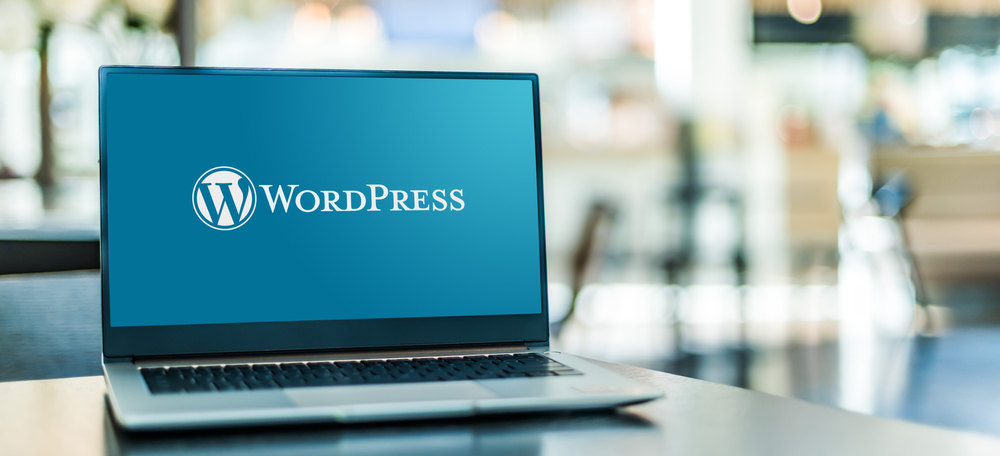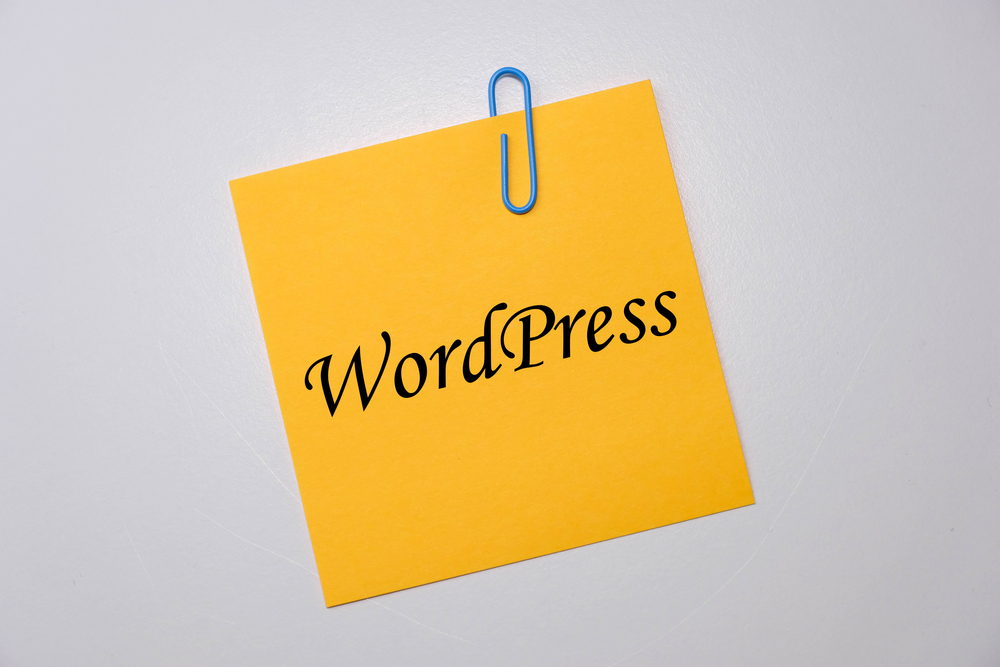
Mastering WordPress: Essential Tips & Tricks for Website Customization and Maintenance

WordPress has revolutionized the way individuals and businesses create, manage, and maintain their websites. With its user-friendly interface and extensive customization options, WordPress has become the go-to platform for both beginners and experienced webmasters. Whether you're a blogger, an entrepreneur, or a small business owner, mastering WordPress can elevate your online presence and help you achieve your goals. In this article, we will explore essential tips and tricks for website customization and maintenance that will help you take full control of your WordPress (the blogging platform) site.
1. Choosing the Right ThemeThe first step in customizing your WordPress website is choosing the right theme. A theme determines the overall design, layout, and functionality of your site. WordPress (or WP) offers thousands of free and premium themes, each catering to different industries and preferences. Consider your brand identity, target audience, and desired website features when selecting a theme. Look for responsive and customizable themes that allow you to create a unique and professional-looking website.
2. Customizing the Appearance
To truly make your WordPress site your own, it's important to customize its appearance. Within the WordPress (WP) dashboard, navigate to "Appearance" and then "Customize." Here, you can adjust various elements such as the site title, logo, colors, fonts, and header image. Take advantage of these options to align your website with your brand identity, ensuring a cohesive and visually appealing experience for your visitors.
3. Installing Essential Plugins
One of the most powerful features of WordPress is its ability to extend functionality through plugins. Plugins allow you to add new features and enhance existing ones without writing a single line of code. To get started, go to "Plugins" in your WordPress (the platform for bloggers) dashboard and click on "Add New." From here, you can search and install plugins that suit your specific needs. Consider essential plugins such as Yoast SEO for optimizing your site's search engine rankings, Akismet for spam protection, and WooCommerce for an e-commerce store.
4. Optimizing for Search Engines
Search engine optimization (SEO) is crucial for increasing your website's visibility and driving organic traffic. WordPress offers several SEO plugins such as Yoast SEO and All in One SEO Pack that simplify the process. These plugins enable you to optimize your content by providing keyword suggestions, analyzing readability, and generating XML sitemaps. Additionally, focus on optimizing your images by adding descriptive alt tags and compressing their file sizes for faster page loading.
5. Regularly Updating WordPress and Plugins
WordPress is constantly evolving, with frequent updates addressing security issues, bug fixes, and new features. It's important to regularly update both WordPress and your installed plugins to ensure optimal performance and site security. To update WordPress, navigate to "Dashboard" and click on "Updates." Here, you can see the available updates for WordPress core, themes, and plugins. Always back up your website before updating to minimize any potential risks.
6. Backing Up Your Website
Backup is an essential aspect of website maintenance. It's crucial to have a reliable backup system in place to protect your website's data from potential server failures or security breaches. There are several WordPress backup plugins available, such as UpdraftPlus and VaultPress, that automate the backup process. Configure regular backups and store them in secure locations such as cloud storage or offline storage devices for added protection.
7. Securing Your Website
Website security is paramount, especially if your website collects user data or processes online transactions. WordPress offers various security plugins, such as Wordfence, Sucuri, and iThemes Security, that provide comprehensive protection against malware, brute-force attacks, and other security threats. Additionally, ensure strong passwords for all user accounts and limit the number of login attempts to prevent unauthorized access. Regularly monitor your website for suspicious activities and consider an SSL certificate to encrypt sensitive user information.
Frequently Asked Questions:
Q1: Can I change my WordPress theme after I have already customized my website?A1: Yes, you can change your WordPress theme at any time. However, keep in mind that changing themes might affect your customizations. It's recommended to create a backup and thoroughly check how your content and customizations adapt to the new theme before making the switch.
Q2: Are free WordPress themes as reliable as premium ones?
A2: The reliability of a theme depends on various factors such as its developer, updates, and compatibility with plugins. While both free and premium themes can be reliable, premium themes often offer additional features, dedicated support, and regular updates. Carefully research user reviews and ratings when choosing a theme.
Q3: Do I need coding knowledge to customize my WordPress site?
A3: No, coding knowledge is not necessary to customize a WordPress site. The platform offers a user-friendly interface and intuitive customization options that allow you to make changes without writing code. However, if you want to modify advanced aspects of your site or create custom functionalities, basic coding knowledge can be beneficial.
Q4: How frequently should I update my WordPress site?
A4: It's recommended to update your WordPress site and plugins as soon as updates become available. However, before updating, always ensure you have a backup of your website to minimize any potential disruptions. Regular updates help ensure the security, stability, and performance of your site.
Q5: Can I manually update plugins and themes if an automatic update fails?
A5: Yes, you can manually update plugins and themes if automatic updates fail or aren't available. To manually update a plugin, download the latest version from the developer's website and replace the old plugin folder via FTP. Similarly, for themes, download the updated theme files and replace the existing theme folder in your WordPress installation directory.
In conclusion, mastering WordPress is crucial for successful website customization and maintenance. By choosing the right theme, customizing the appearance, installing essential plugins, optimizing for search engines, regularly updating WordPress and plugins, backing up your website, and securing it from potential threats, you can create a powerful and secure online presence. WordPress provides the tools and flexibility necessary for individuals and businesses to showcase their products, services, or ideas to a global audience. Embrace these essential tips and tricks, and unlock the full potential of WordPress for your website's success.
Other useful resources
- https://en.wikipedia.org/wiki/WordPress
- https://en.wikipedia.org/wiki/Blog
- https://www.wordpress24plus.com/services/